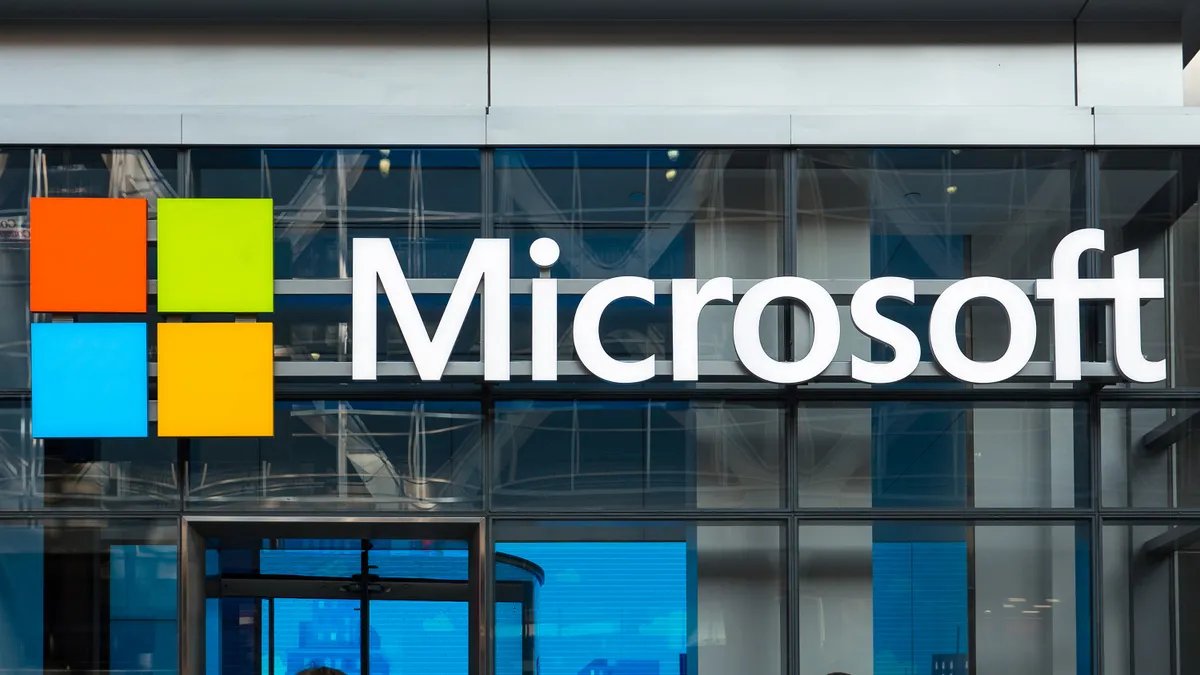Dive Brief:
- Though Microsoft's infrastructure services sales are one-fifth of AWS's, Microsoft's sales team of 3,000 software engineers is working grow its customer base, according to Bloomberg. By comparison, Google's cloud revenue is just one-fifteenth of AWS' cloud revenue.
- Microsoft's sales team has become "a roving R&D lab and management consultancy," according to the report. This attracts companies to use the Microsoft sales team to market apps built on Azure. Companies can then profit off its own customers.
- Instead of traditional pitch presentations, the legacy software provider is engineering applications for potential customers during a sales call, enabling the Microsoft sales team to demonstrate a technology during pitches. This relationship prompted customers like Chevron and Bank of America to join the Azure cloud.
Dive Insight:
AWS is often credited with defining cloud computing and established itself as the market leader a long time ago. But the same is true for Microsoft and its software. Both companies depend on established reputations in the fields they helped pioneer.
Microsoft's software is an enterprise staple, and its trusted reputation is a selling point for companies looking to migrate to the cloud. Ultimately, Microsoft hopes its long-standing customer relationships will be enough to prompt software customers to choose Azure.
Still, AWS maintains its edge by consistently launching new features. For example, AWS launched its pay per second billing in September. Before then, Microsoft and Google outdid AWS with their pay per minute billing.
Another differentiating feature of AWS is that it alerts customers of low areas of cloud utility to reduce customer spending. This ultimately costs the company about $500 million per year but is a part of Amazon's "trust advisor" program.
But companies are more inclined to adopt multiple cloud solutions as there usually is no one default cloud provider. No new "megaclouds" are expected to emerge in 2018, lending time to Microsoft and Google to close the gap.














